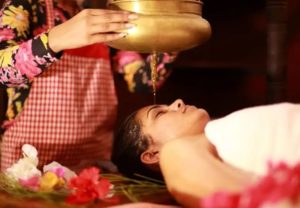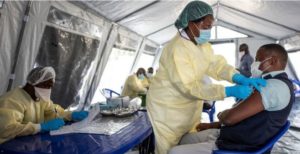India medical tourism to double
Delhi : A new report from research firm Technopak Advisors argues that the revenue from medical tourism to India is set to grow 250% between 2010 and 2015 from Rs 4,500 crore to Rs 16,000 crore. In these five years, the number of international patients visiting Indian hospitals will double.
Although there may be arguments on how it estimates 600,000 medical travellers in 2010, when 159,000 is the figure that the Indian government reported recently, the analysis within the report is useful.
The report argues that the presence of well-established healthcare brands will help India develop the medical tourism market. Technologically advanced and cost-competitive specialty care ranging from high-end cardiac care and orthopedic surgery to superior quality cosmetic surgery and eye care will give India an edge over countries like Thailand, Singapore and Malaysia. India has the unique opportunity to combine Ayurveda and other alternative medicine for a more holistic approach towards healthcare delivery.
Apart from the total numbers, the report agrees with and adds to the recent analysis for the Indian government. It says that one in three of the people who travelled in 2010 to India for medical purposes, went to the top six or seven hospital brands. And that 30 % of the total were non-resident Indians, many of whom, out of familiarity with the market had chosen smaller hospitals or other healthcare centres for treatment.
Among source markets, West Asia and Africa constitute 55 % of medical travel. South Asian Association for Regional Co-operation (SARRC) nations are another big source market. Apart from India, the SAARC nations are Afghanistan, Bangladesh, Bhutan, Maldives, Nepal, Pakistan and Sri Lanka.
Patients from poor countries in Asia and Africa seek basic but relatively expensive medical care including cardiology, transplants and general surgery. People from better off countries can get surgery at home, so are more interested in non-essential treatment including cosmetic surgery, dental procedures or orthopaedics. All medical tourists prefer to travel for procedures that can be planned in advance.
Arvind Singhal of Technopak says, “The higher growth in revenue against patient growth in the coming years indicates the growing confidence level among the patients. Initially they will experiment with less-value simpler procedures and later go for longer stays and additional procedures as the confidence level builds up.”
To promote medical tourism to India, Sumanta Ray of Apollo Hospitals feels it is important to establish and follow clinical protocols, and publish clinical outcomes. “At Apollo, we have implemented a system in key hospitals to benchmark our clinical outcomes with those of reputed international institutes.” Apollo hospitals are one of the few Indian hospitals that think such information is important. There is now a gap between what the major groups, most of who have international patient centres and strict patient safety guidelines, and other hospitals do.
Another brand leader in Indian medical tourism is Fortis Healthcare. The group feels that, apart from brand name, the location of the hospital and its proximity to international airports are important for medical travel. International patients are up to 25 % of all patients in some Fortis hospitals in metro cities. The group has been achieving 45 % annual growth in medical travel revenues in recent years.- imtj.com















